Achieving efficiencies in the way we manage vegetation
From 1 April 2021 – 31 March 2022 we worked with our vegetation contractors to clear trees from 16,166 sites across our network – exceeding our plan to manage 9,263 tree sites by 75%.
We achieved these results by introducing new, more efficient ways of clearing vegetation from around our overhead lines and other electricity assets.
Eco-mulching
Eco-mulching made the biggest difference to our vegetation management programme this year. Eco-mulching uses a bobcat to simultaneously fell and mulch trees growing underneath high voltage lines.
We used eco-mulching in areas of our network that are difficult to access – such as where our overhead lines traverse thick and hilly bush in the Coromandel. Where traditionally we would use chainsaws to fell trees, which is labour-intensive and has safety risks for the arborists carrying out the work, use of the eco-mulcher is much faster and safer, with the heavy machinery doing the work.
The trees are mulched as they go through the machinery, reducing the fire risk and suppressing weed growth. The cleared areas also act as a fire break.
Using this method also means we didn’t need to switch your power off as often. We conduct planned outages to ensure arborists can work close to lines safely. With eco-mulching we’re able to work at ground level directly under the lines, without switching your power off.
We trialled eco-mulching in the eastern side of our network (Tauranga, Coromandel, Thames and South Waikato) over the year, and we’ll be rolling it out to the western side (Taranaki, Whanganui, Manawatū and Wairarapa) now that we’ve proven how effective it is.
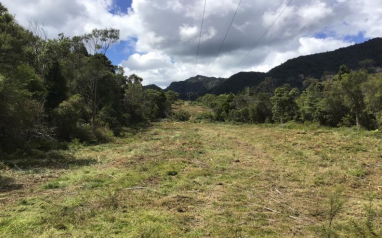
Heli-spraying
We also trialled heli-spraying this year to help control vegetation in areas that are potentially hazardous for arborists to work in, such as very steep terrain. We found heli-spraying to be very cost-effective and we’ll be looking at other areas of our network where it will be useful.
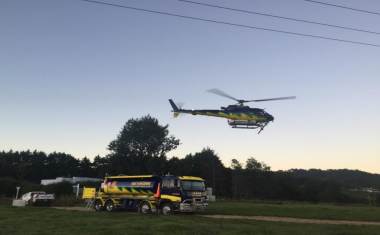
Shelter trimming
This year we also employed shelter trimming – tractors mounted with blades to side and then top-trim vegetation (such as shelter belt hedges) growing next to lines. Again, this method proved both more effective and quicker than arborists working roadside from cherry pickers.
Vegetation from the air
We continued to use our LiDAR information to identify areas where we need to trim vegetation, and this year we also viewed our network from the sky by using drones to inspect lines in inaccessible, off-road areas to help assess any clearing work that may be required.
Growing challenges
We’re seeing the effects of climate change in the speed and type of vegetation growing in and around our network. Not only are slow-growing species growing much faster, and therefore needing attention more regularly, but we’re also seeing species that traditionally grow in other areas of Aotearoa make an appearance in our network regions.
That makes the effectiveness of our vegetation management programme even more important to keeping the lights on for you.
-
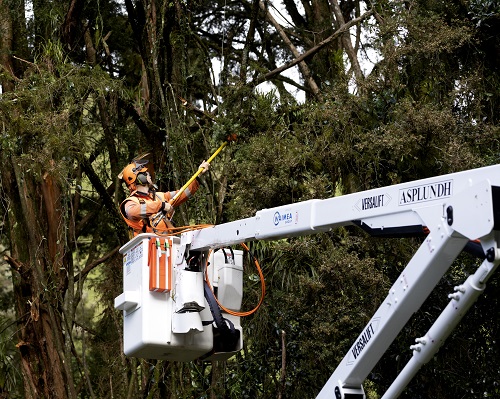 Project update
Project updateWednesday, July 05, 2023 From 1 April 2022 to 31 March 2023, we worked with our contractors to clear vegetation from 16,677 sites across our network – exceeding our plan to manage 8,921 tree sites by 87%.View more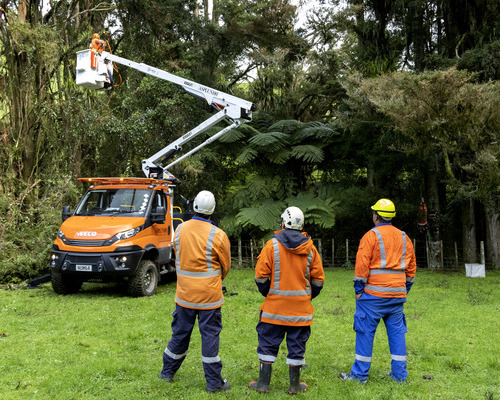 Project update
Project updateManaging vegetation on our network 2020-21
Monday, July 04, 2022 From 1 April 2020 – 31 March 2021 we managed a record 14,389 tree sites, a 30% increase on the year before.View more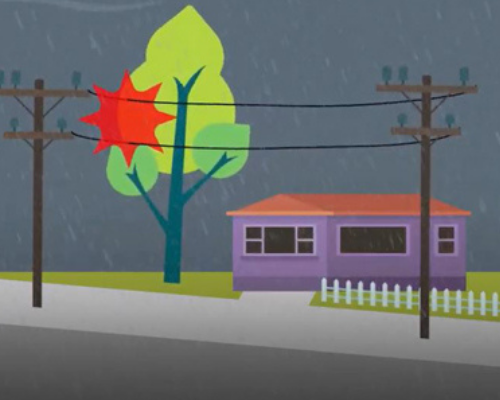 Project update
Project updateNational campaign urges people to trim trees
Tuesday, May 18, 2021 We've joined forces with the Electricity Networks Association to highlight the importance of trimming trees.View more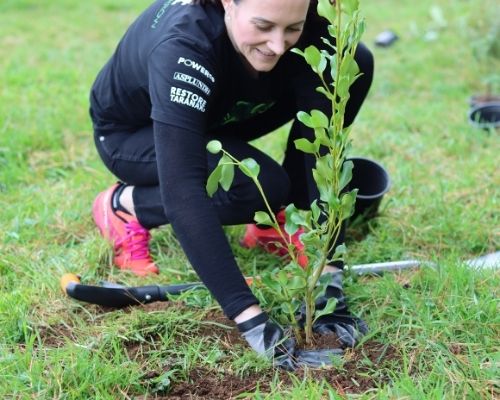 Project update
Project updateReplant for Tomorrow
Monday, July 13, 2020 We've partnered with Wild for Taranaki and Asplundh to plant 2,500 native trees.View more
